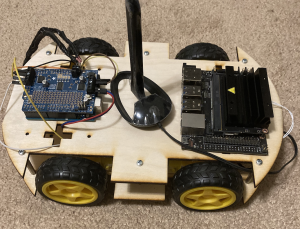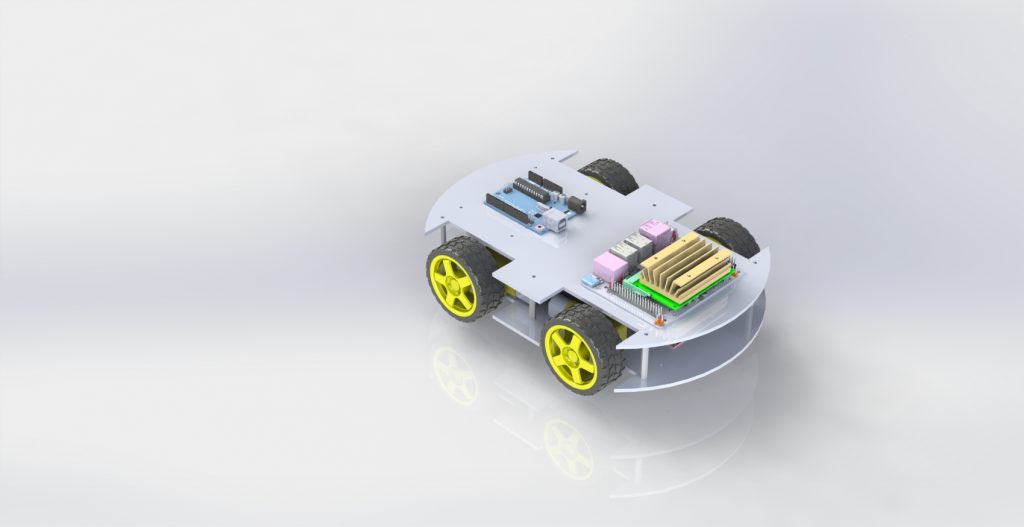This week everyone on the team was able to get the respective parts needed for their portion of the project. The last week we discovered that we would have issues with power give our previous specs so this tweak was focused on correcting some of those issues. With some research and testing we were able to settle on 2S 7.4v LiPo batteries for our unified power delivery system. We also switched from L298N bridges to TB6612FNG for our motor controller for much more effect motor control design.
For vehicle mechanics we are mostly done with the mockup vehicle and have a few more systems to finalize before we make the real vehicles. Next week we are planning to go to the track with the mock vehicle to do some testing for potential fixes to our current track parameters and potentially some odometer/localization testing.
For object detection have started to work with MobileNetV2 on laptops with small scale examples to simulate what we will see on the track. For now we need to focus on meeting our specs for object detection and moving forward we will get more realistic data to tune the model with. For performance we are considering a few things to ensure we meet what we need. For example we may reduce number of FP bits from 32 to 16.
For communication we have started framing the Bluetooth comms architecture and are able to send bytes between the Jetson and another computer. Moving forward we need to scale up the comms to handle more than one connection and keep connection alive for a more realistic testing scenario. Next couple of weeks we hope to be able to test Jetson-to-Jetson connections.




